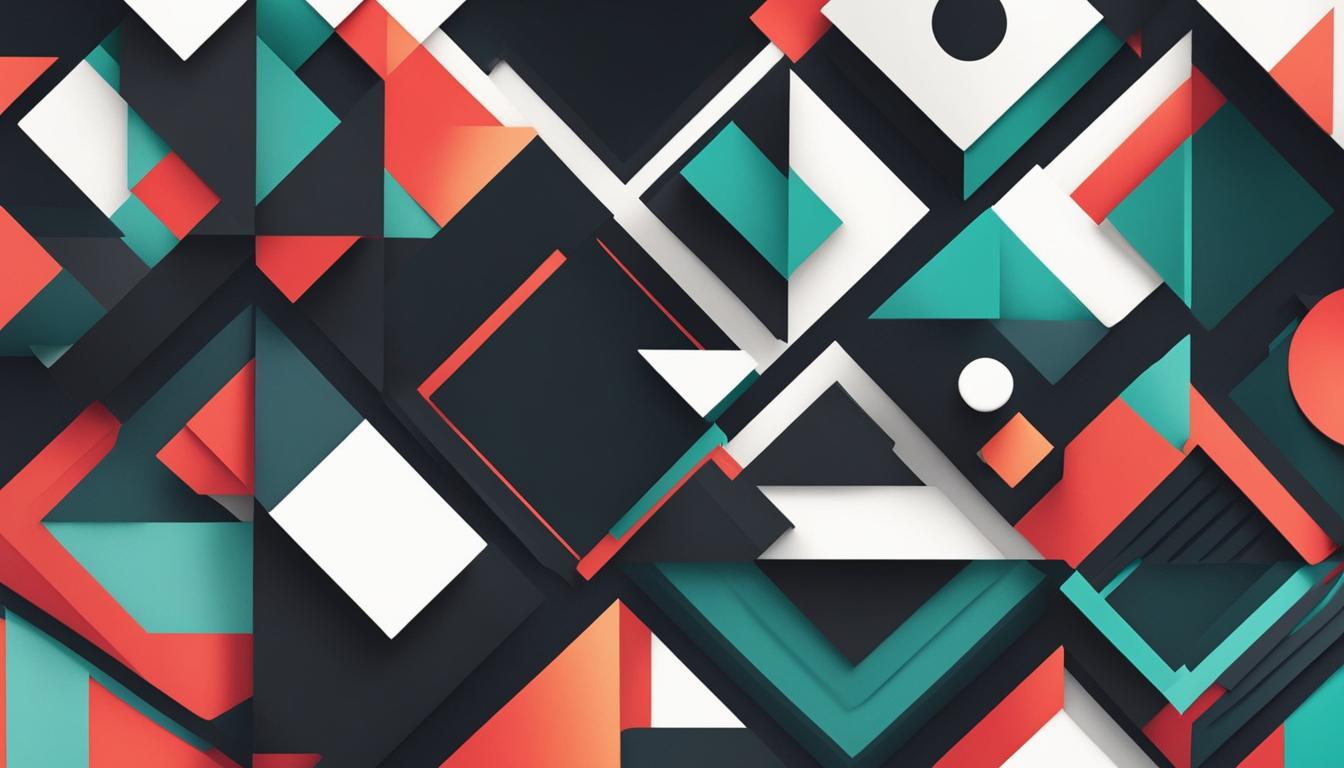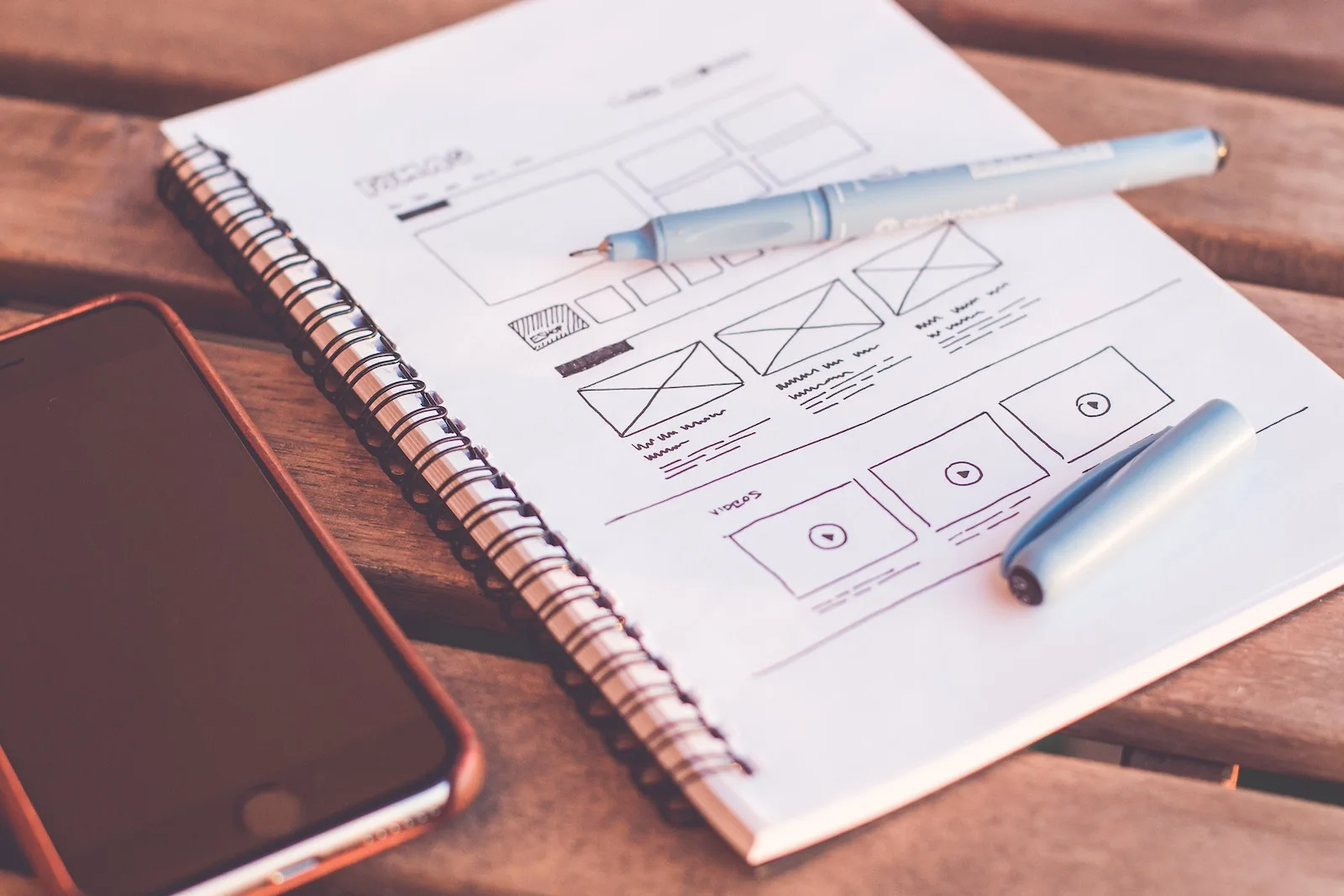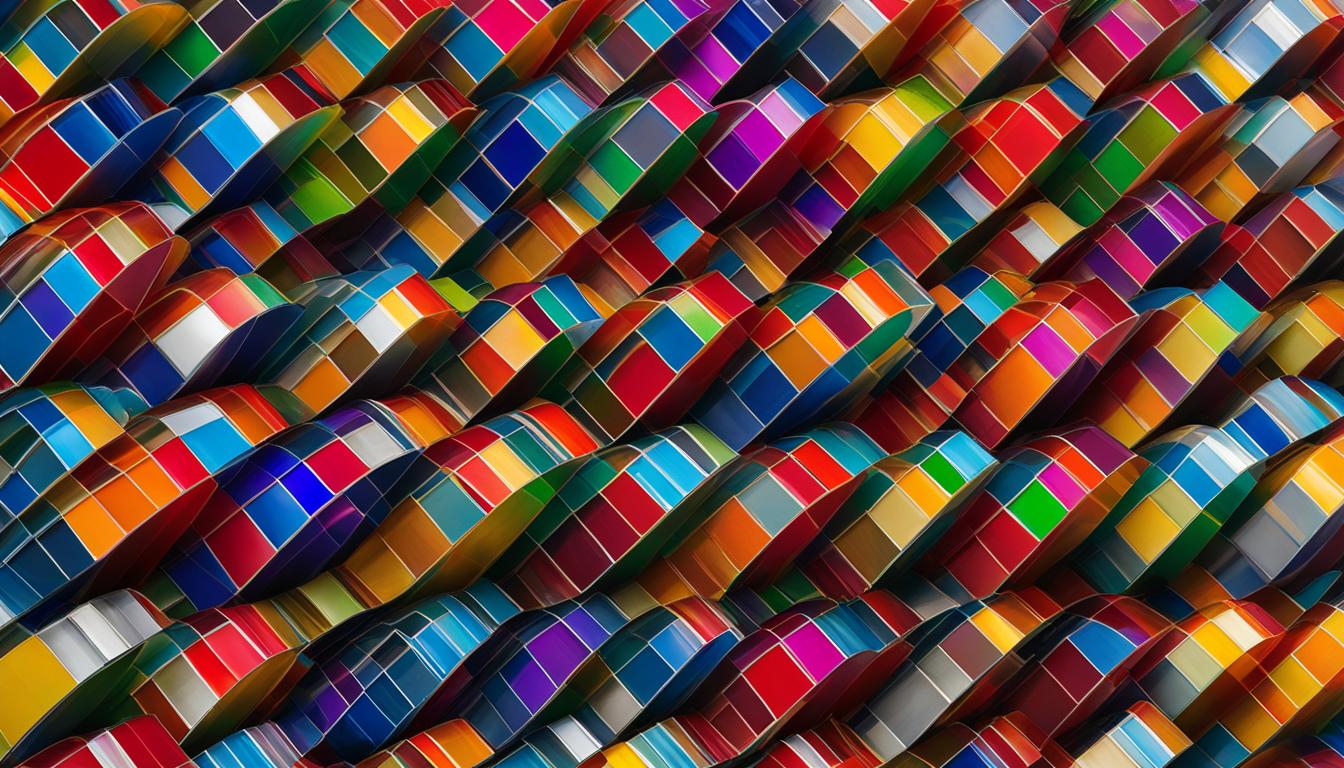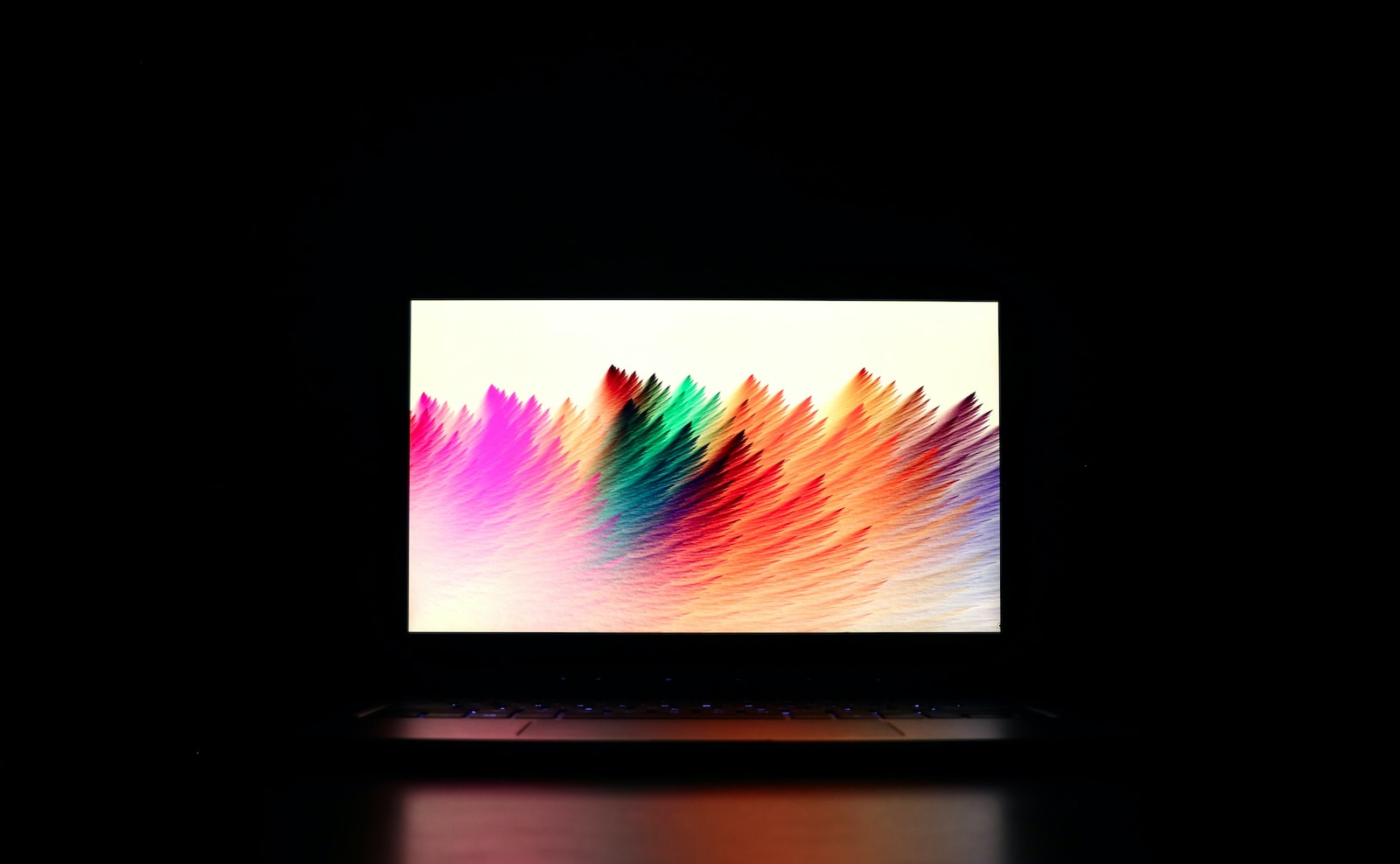Flat design and Material Design are two popular interface design styles that have distinct differences. While flat design focuses on simplicity and minimalism, Material Design incorporates physical metaphors and depth to create a more intuitive user experience. Flat design originated as a reaction to skeuomorphic design, aiming to increase usability and reduce loading times. On the other hand, Material Design was developed by Google and emphasizes a unified and simplistic interface. Both design styles have their advantages and disadvantages, making the choice between them dependent on the project’s goals and target audience.
Key Takeaways:
- Flat design focuses on simplicity and minimalism, while Material Design incorporates physical metaphors and depth.
- Flat design originated as a reaction to skeuomorphic design, while Material Design was developed by Google.
- Flat design offers uncluttered designs and faster loading times, but may limit design choices.
- Material Design provides a unified and simplistic interface, but may require more effort to implement.
- The choice between flat design and Material Design depends on project goals, target audience, and desired user experience.
Origins of Flat Design
Flat design emerged as a response to skeuomorphic design, which used 3D iconography to mimic real-life objects. The goal of flat design was to bring design elements back to 2D, resulting in increased usability, improved aesthetics, and reduced design time.
Apple played a significant role in the evolution from skeuomorphic to flat design, with their transition seen in the shift from iOS 6 to iOS 7. This marked a departure from realistic shadows, textures, and gradients to a simpler, flatter aesthetic. Flat design is often associated with minimalism and intentional sparseness, although there is a middle ground between flat design and skeuomorphic design called neumorphic design.
Flat design draws inspiration from design movements like Bauhaus, which emphasize simplicity, clean lines, and geometric shapes. It focuses on visual clarity and uses bold, vibrant colors to create contrast and impact. The evolution of flat design has led to the development of various design systems and frameworks that allow for easier implementation and customization.
| Comparison | Flat Design | Skeuomorphic Design |
|---|---|---|
| Focus | Simplicity and minimalism | Realistic representation and mimicry |
| Aesthetics | Clean lines, flat colors, minimalistic | Textures, gradients, realistic shadows |
| Usability | Improved, faster loading times | Potentially cluttered, slower loading times |
| Design Inspiration | Bauhaus, minimalism | Physical objects, realism |
Benefits and Disadvantages of Flat Design
Flat design offers several benefits that make it a popular choice for interface design. One of its main advantages is its uncluttered design, which creates a clean and minimalist aesthetic. By removing unnecessary embellishments and focusing on simplicity, flat design allows users to easily navigate and understand the interface. Additionally, flat design often results in high readability due to its clear typography and use of ample white space. This makes it easier for users to consume information and engage with the content.
Another benefit of flat design is its adaptability for responsive design. With its emphasis on simplicity, flat design elements can easily scale and rearrange to fit different screen sizes and orientations. This ensures a consistent and seamless user experience across various devices. Furthermore, flat design is known for its faster loading times compared to more visually complex designs. By reducing the number of decorative elements and relying on minimalist aesthetics, flat design optimizes performance and enhances the overall user experience.
However, flat design also has its disadvantages. One of the challenges posed by flat design is the lack of depth and visual cues that can make elements look less clickable. This can lead to usability issues, as users may struggle to differentiate between interactive and non-interactive elements. Additionally, creative design and standing out can be more difficult in flat design, as it often adheres to a standardized set of design principles and does not provide specific guidelines for innovative elements. Designers may find it challenging to create unique and eye-catching interfaces within the constraints of flat design.
Table: Pros and Cons of Flat Design
| Benefits of Flat Design | Disadvantages of Flat Design |
|---|---|
| – Uncluttered design | – Lack of depth and visual cues |
| – High readability | – Difficulty in standing out and innovating |
| – Adaptability for responsive design | |
| – Faster loading times |
Origins of Material Design
Material Design, created by Google, is a design system that aims to provide a coherent and practical visual language for web and mobile interfaces. It draws inspiration from the physical qualities of paper and ink, incorporating them into the digital realm. The origins of Material Design can be traced back to Google’s initial concept called Quantum Paper. This concept sought to create a unified interface by utilizing the z-axis to introduce depth and realism to UI elements.
Google’s designers took inspiration from the tactile nature of paper and ink to create a design system that mimics their properties. Material Design utilizes shadows, transitions, and animations to give the illusion of interacting with a physical surface. By incorporating these elements, Material Design aims to provide users with a more intuitive and visually appealing experience.
One of the key principles of Material Design is its emphasis on simplicity and clarity. The use of bold colors and clear typography contributes to a visually engaging interface. Google has also provided well-defined guidelines for designers to follow, ensuring consistency across different applications and platforms.
Inspiration from Paper and Ink
Material Design’s inspiration from paper and ink is evident in its use of layers, shadows, and animations. The design system aims to create a visual hierarchy that closely resembles real-world objects. For example, the use of layers helps to differentiate between different UI elements, giving the illusion of depth and separation.
Additionally, Material Design incorporates subtle animations and transitions to provide users with feedback and guide them through their interactions. These animations add a sense of liveliness and playfulness to the interface, making it more engaging and enjoyable for users.
Overall, Material Design’s origins can be traced back to Google’s strive to create a design system that is both visually appealing and practical. By drawing inspiration from paper and ink, Material Design aims to provide users with a cohesive and intuitive interface that enhances their overall experience.
Benefits and Disadvantages of Material Design
Material Design offers several benefits that contribute to a visually appealing and intuitive user experience. One of the main advantages is its emphasis on a unified interface, which provides consistency for designers. By following well-defined guidelines, designers can create cohesive and coherent designs across different platforms and devices.
Another benefit of Material Design is the use of the z-axis to create depth in UI elements. This depth adds a sense of realism and interactivity to the design, making it more engaging for users. The use of motion and animation in Material Design also enhances the intuitive nature of the interface, guiding users through interactions and providing feedback.
However, Material Design is not without its disadvantages. Some elements, such as floating action buttons, can be deemed superfluous and unnecessary on certain screens. This can lead to cluttered designs and confusion for users. Additionally, Material Design is closely associated with Google, which may limit branding options for companies that want to establish their own unique visual identity.
Table: Benefits and Disadvantages of Material Design
| Benefits of Material Design | Disadvantages of Material Design |
|---|---|
| Unified interface | Limitations on branding options |
| Consistency for designers | Superfluous elements on certain screens |
| Use of z-axis for depth | |
| Intuitive user experience |
Overall, the choice between using Material Design depends on the project’s goals and target audience. Its unified interface, consistency for designers, and intuitive user experience make it a popular choice for many applications. However, the limitations on branding options and the potential for cluttered designs should also be taken into consideration when deciding whether to adopt Material Design for a particular project.
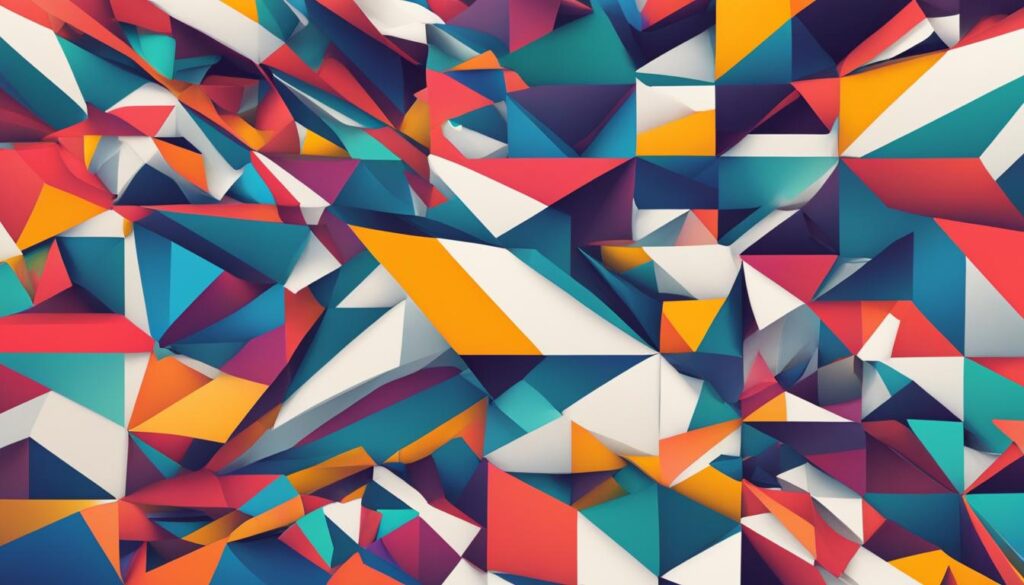
Functionality Differences Between Flat Design and Material Design
Flat design and material design not only differ in their aesthetics but also in terms of functionality. These differences play a crucial role in determining the user experience and ease of design for both design styles. Let’s explore the functionality differences between flat design and material design.
Relationship with Skeuomorphic Design
Flat design completely distances itself from skeuomorphic design, favoring simplicity and minimalism. It eliminates shadows, depth, and real-life textures, resulting in a clean and uncluttered interface. In contrast, material design incorporates subtle skeuomorphic elements by using the z-axis to create depth. This gives UI elements a more tactile feel, reminiscent of paper and ink.
Inspiration and Aesthetics
Flat design draws inspiration from design movements like Bauhaus, focusing on bold colors, clean typography, and intentional simplicity. Material design, on the other hand, takes inspiration from print design and nature. It combines bold colors with subtle animations and shades to create a visually engaging interface. The use of motion in material design enhances the user experience, guiding users through the interface with intuitive visual cues.
Ease of Design
In terms of ease of design, flat design offers more freedom and fewer guidelines. Designers have the flexibility to experiment and create unique interfaces. Material design, on the other hand, has a more structured approach with strict adherence to its guidelines. While this can be limiting for designers, it ensures consistency across different applications and platforms.
| Functionality Differences | Flat Design | Material Design |
|---|---|---|
| Depth and Shadows | No shadows or depth | Uses the z-axis to create depth |
| Motion and Animation | Minimal or no animation | Subtle animations to guide user interactions |
| Typography | Clear and bold typography | Combines bold typography with subtle skeuomorphic details |
| Design Freedom | More freedom for designers | Structured approach with strict guidelines |
In summary, the functionality differences between flat design and material design are primarily driven by their approach to depth, motion, typography, and design freedom. While flat design focuses on simplicity and offers designers more freedom, material design incorporates subtle skeuomorphic elements, utilizes motion for guidance, and follows a structured approach. Choosing between the two design styles depends on the project’s goals, target audience, and desired user experience.
Aesthetics and Design Process Differences Between Flat Design and Material Design
Flat design and material design have distinctive aesthetics and design processes that set them apart. Understanding these differences is crucial when choosing which design style to implement for a project. Let’s explore the key contrasts in aesthetics, typography, simplicity, animation, and loading times between flat design and material design.
Aesthetics
Flat design is characterized by its minimalistic approach, utilizing bold and vibrant colors along with clean typography. The design focuses on efficiency and functionality, with a clear and uncluttered appearance. On the other hand, material design combines vivid colors with subtle skeuomorphic elements. It incorporates animations, shadows, and shades to create a more visually engaging and interactive experience. Material design aims to be intuitive, guiding users through the interface using motion and visual cues.
Design Process Differences
The design process also differs between flat design and material design. Flat design is relatively easy to implement due to its simplicity. Designers have more freedom to explore creative choices, as there are fewer guidelines to adhere to. Material design, on the other hand, requires meticulous attention to detail and strict adherence to its design guidelines. The focus is on creating a consistent and visually appealing user experience. This structured approach may require more effort and time during the design process.
Additional Considerations
In terms of loading times, flat design tends to perform better due to its minimalist approach. With fewer visual elements and reduced complexity, the design loads faster in browsers and apps. Material design, with its emphasis on animations and depth, may require more processing power and could lead to slightly slower loading times.
| Aspect | Flat Design | Material Design |
|---|---|---|
| Aesthetics | Minimalistic, bold colors, clean typography | Vivid colors, subtle skeuomorphic details, animations |
| Design Process | Fast implementation, freedom in design choices | Meticulous attention to detail, strict adherence to guidelines |
| Loading Times | Faster | Slightly slower due to animations and depth |
By understanding the differences in aesthetics and design processes between flat design and material design, designers and developers can make informed choices that align with their project goals and target audience. Whether you prioritize simplicity and efficiency or prefer a visually engaging and intuitive experience, both design styles offer unique advantages for creating impactful user interfaces.
Conclusion
After examining the differences between flat design and material design, it is clear that each design system has its own merits and faults. Flat design offers simplicity and minimalism, resulting in uncluttered designs and faster loading times. However, it may limit design choices and may not be as intuitive for some users.
On the other hand, material design, developed by Google, emphasizes a unified and simplistic interface. By using the z-axis and motion, material design creates depth and guides user interactions. Material design provides consistency for designers but may require more effort to implement and is closely associated with Google.
Ultimately, the choice between flat design and material design depends on the project’s goals, target audience, and desired user experience. It is important to consider factors such as aesthetics, functionality, and the overall design process. By carefully evaluating these factors, designers can make an informed decision on which design system to choose.
FAQ
What is the difference between flat design and material design?
Flat design focuses on simplicity and minimalism, while material design incorporates physical metaphors and depth for a more intuitive user experience.
How did flat design originate?
Flat design emerged as a response to skeuomorphic design, aiming to increase usability and reduce loading times.
Who developed material design?
Material Design was developed by Google as a design system to create a cohesive and practical visual language.
What are the advantages of flat design?
Flat design offers benefits such as uncluttered and distraction-free design, high readability, and easy adaptability for responsive design.
What are the benefits of material design?
Material Design offers a unified and simplistic interface, consistency for designers through well-defined guidelines, and an intuitive user experience.
How do flat design and material design differ in functionality?
Flat design aims to distance itself completely from skeuomorphic design, while material design incorporates subtle skeuomorphic elements with the use of the z-axis for depth.
What are the aesthetics and design process differences between flat design and material design?
Flat design uses limited but bold colors, clear typography, and is designed for efficiency and functionality. Material design combines bold colors with subtle skeuomorphic details and uses motion to guide users through the interface.
 Skip to main content
Skip to main content